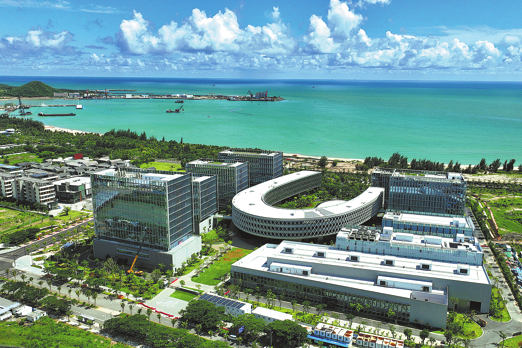E-commerce helps to ease hit to sports brands' sales

The global sporting goods market contracted last year for the first time since the 2008 financial crisis, with market value falling by about 7 percent to around 286 billion euros ($346 billion), a new report by McKinsey and the World Federation of the Sporting Goods Industry said.
The study showed most brands, retailers, and manufacturers finished the year significantly in the red, despite a bounce back in activity between the first and second waves of the COVID-19 lockdown.
While the pandemic put a big dent in the broader apparel market, sportswear companies were more resilient than the industry overall as the sector outperformed the wider apparel market.
"COVID-19 brought a number of opportunities to the sporting goods industry with the 30 percent of consumers increasing their exercise habits, many purchasing new sportswear and equipment and becoming more health-conscious," said Alexander Thiel, a McKinsey partner who leads Sporting Goods Practice EMEA.
"However, it has also raised the bar for industry participants with clear attributes needed to enter a virtuous cycle and succeed in 2021."
While the so-called athleisure market was a megatrend before COVID-19, the report suggested the pandemic has served to further blur the lines between work and free time.
There is a rising acceptance of comfortable wear in previously more formal contexts, with over 75 percent of industry representatives believing the athleisure market will keep growing and 33 percent believe growth accelerated through the pandemic.
Another key finding of the report was that COVID-19 triggered significant shifts in physical activity levels. Around 40 percent of people are less active, while around 30 percent took the opposite tack.
Physical activity gap
These developments widen the physical activity gap, with less affluent households exercising less. Statistics indicated physical inactivity is strongly linked to income, with 46 percent of people with annual income of less than $25,000 deemed physically inactive in 2019, compared to 19 percent for groups with incomes above $100,000, a situation exacerbated by COVID-19.
Store closures related to COVID-19 lifted the online growth curve to a new level, enabling multiple brands to grow e-tailing and even direct-to-consumer sales.
As a result, the past year has seen online shopping leap forward, with many first-timers expected to stick with their new habits, according to the report.
"The sporting goods industry has shown its resilience in light of an incredible crisis. Sporting goods industry players have found ways to win in the next normal by reaching consumers through digital channels and achieving both sales and consumer engagement through new or enhanced digital exercise communities," said Robbert de Kock, president of the World Federation of the Sporting Goods Industry.
The coming 12 months are seen being characterized by a more positive outlook, despite the uncertainties surrounding the pandemic and the relatively slow rollout of vaccines in much of the world.
Today's Top News
- Macao SAR holds flag-raising, reception to mark 26th anniversary of return to motherland
- China issues rules to regulate pricing practices of internet platforms
- US hits over 70 IS-linked targets in Syria in massive retaliatory strikes
- Coffee needs cooperation, not confrontation
- Technological innovation brings cultural heritage alive
- Consumption to play bigger part in growth






























